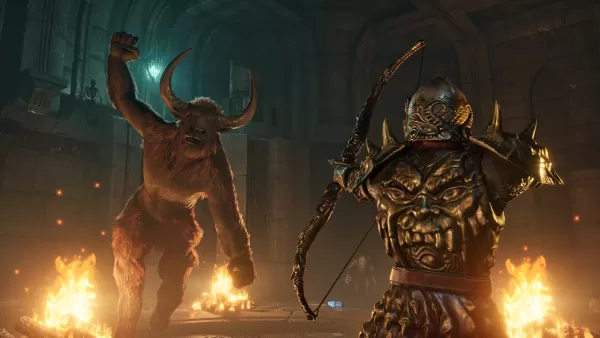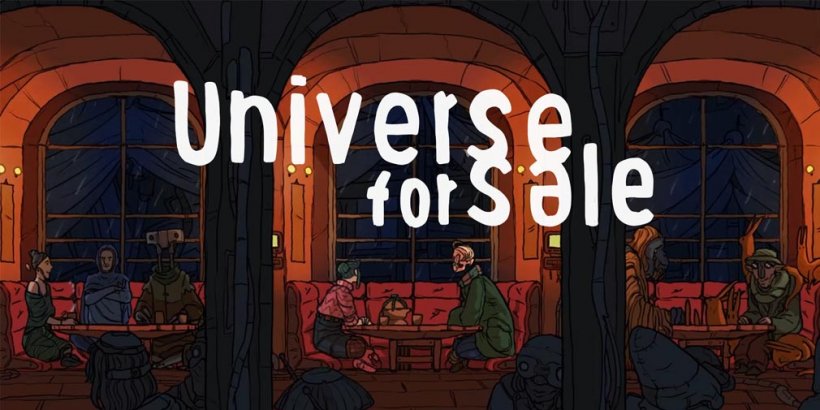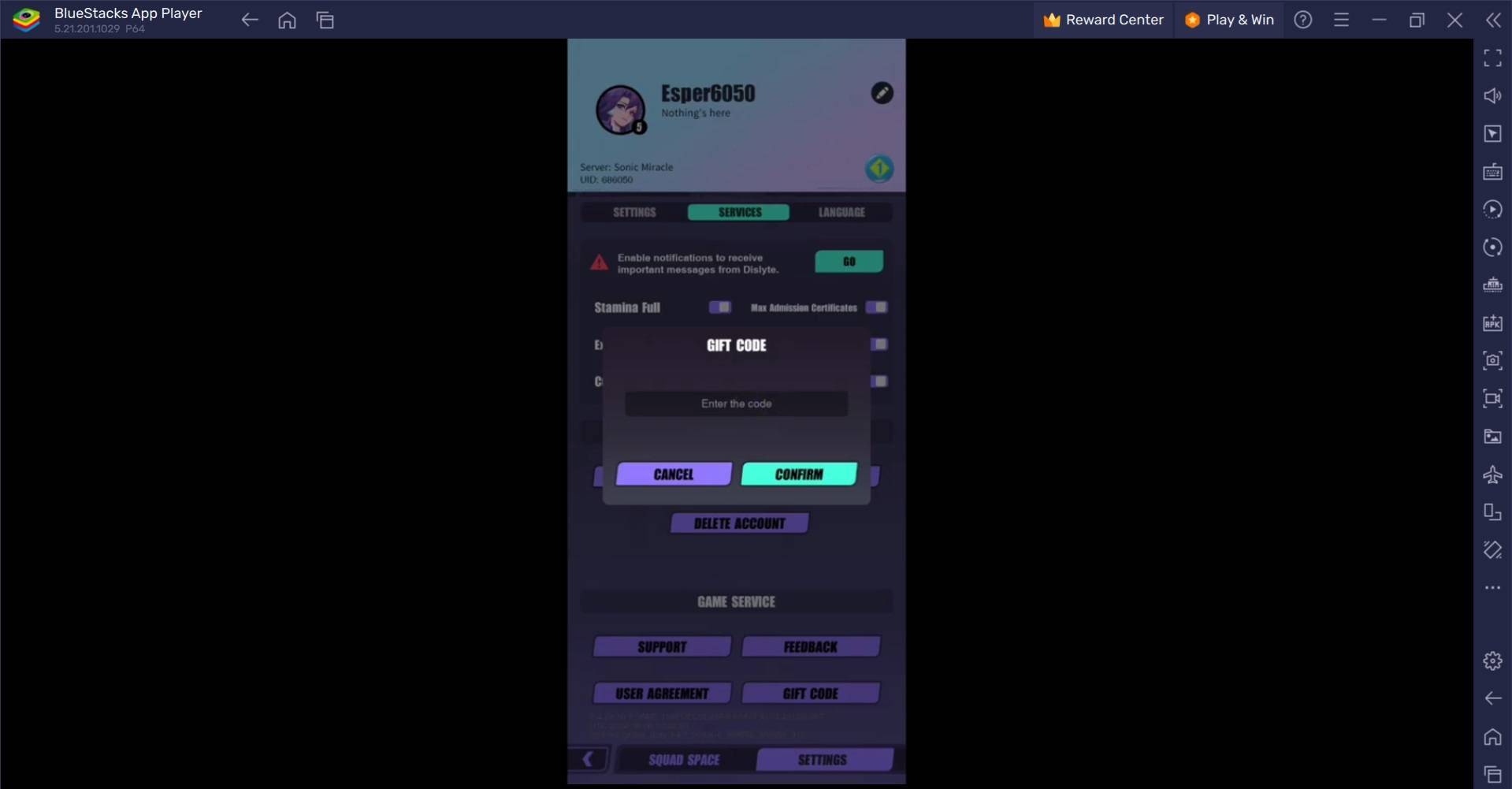When Bethesda unveiled Oblivion Remastered earlier this week, my excitement was palpable. The 2006 journey to Tamriel, once marked by its quirky potato-faced characters and the blurred expanses of low-resolution grasslands, has now transformed into the most visually stunning Elder Scrolls game to date. My expectations for remasters have been tempered by previous experiences—think of the Mass Effect Legendary Edition and Dark Souls Remastered, which barely differ from their Xbox 360 counterparts. Thus, seeing the Imperial City, a place I explored nearly two decades ago, now rendered in Unreal Engine 5 with ray tracing, was nothing short of astonishing. Not only have the visuals been elevated, but the game also boasts enhancements in combat, RPG systems, and a plethora of other details. Given these extensive changes, I initially questioned whether Bethesda and Virtuos had misnamed the project. Shouldn't this be an Oblivion Remake rather than a remaster?
It seems I wasn't the only one puzzled by the terminology. Many fans have labeled it a remake, and even Bruce Nesmith, the senior game designer on the original Oblivion, remarked, “I’m not sure [the word] remaster actually does it justice.” Yet, after spending several hours with the game, it became clear that despite its remake-like appearance, Oblivion Remastered fundamentally plays like a remaster.
The reasons why Oblivion looks like a remake are straightforward: Virtuos has meticulously redesigned every single asset from scratch. Every tree, sword, and crumbling castle is brand new, meeting today's high graphical standards. The game now features stunning textures, exquisite lighting, and a new physics system that realistically impacts the world with every arrow and weapon strike. Though the NPCs you encounter are the same as those from 2006, their models have been entirely recreated. This overhaul doesn't aim to simply "look like you remember" but to excel by 2025's standards, making it the best-looking RPG from Bethesda Game Studios. If I had seen this before the remaster rumors, I might have mistaken it for The Elder Scrolls 6.
Beyond the visuals, combat has been revamped, making swordplay feel more substantial and less like wielding a balloon. The third-person camera now functions effectively with the addition of a reticule. All menus, from the quest journal to dialogue, lockpicking, and persuasion minigames, have received refreshed interfaces. The original, clunky leveling system has been replaced with a more intuitive hybrid inspired by both Oblivion and Skyrim. And finally, players can sprint. With such significant visual and gameplay enhancements, it's tempting to categorize this as a remake.
However, the issue lies not in technology, gameplay changes, or project scope, but in semantics. The gaming industry lacks clear definitions for remakes and remasters, leading to confusion. Rockstar's "Definitive Edition" remasters of the Grand Theft Auto trilogy retain their PlayStation 2-era blockiness despite upscaled textures and modern lighting. Conversely, the Crash Bandicoot N. Sane Trilogy, also labeled a remaster, boasts entirely new graphical assets and a modern look. The term "remake" is even murkier: Bluepoint's Shadow of the Colossus and Demon's Souls rebuild their games from the ground up yet remain faithful to the original experiences. Resident Evil 2 redesigns interactions while sticking to the original structure, and Final Fantasy 7 Remake and Rebirth radically alter design, script, and story. These examples, all considered remakes, share little in common.
Traditionally, if a game was rebuilt from scratch in a modern engine, it was deemed a remake. Remasters were seen as limited upgrades within the original technology's scope. However, these definitions are outdated. Today, a remaster might be better described as a graphical overhaul that preserves the original game's design with minor quality-of-life improvements, while a remake redesigns the game entirely. Under this definition, Demon's Souls and the upcoming Metal Gear Solid: Delta would be considered remasters, reserving the term "remake" for games that truly reinvent the original concept.

New lighting, fur, and metallic effects are just the beginning of Oblivion Remastered's transformations. Image credit: Bethesda / Virtuos. So, using these proposed definitions, is this new version of Oblivion a remake or a remaster? After playing it, it's evident that Oblivion Remastered is aptly named. While its new assets and Unreal Engine 5 ray tracing make it appear brand new, the game's core remains rooted in 20-year-old mechanics, preserved in Bethesda's signature style. As the studio noted, "We looked at every part and carefully upgraded it. But most of all, we never wanted to change the core. It’s still a game from a previous era and should feel like one."
The hallmarks of that era are evident. They're seen in the loading screens that appear behind every door, the perplexing persuasion minigame that remains baffling despite its interface upgrade, and the simplistic city designs reminiscent of theater stage sets. The NPCs still move with the awkwardness of automatons and converse with the charm of a socially-awkward AI. Even the revamped combat feels detached and unwieldy at times. And, of course, there's the enduring list of bugs and glitches, lovingly preserved to maintain the original's quirky charm.
Just a couple of months ago, we saw Obsidian's Avowed, which showcased a modern take on some of The Elder Scrolls' foundational elements. Its dynamic combat and exploration rewards starkly contrast with Oblivion Remastered's more dated systems, emphasizing the latter's place as a relic of a bygone era. Yet, Oblivion Remastered still has much to offer in 2025. The magic of its world, with its Rohan-like open fields teeming with mysteries, remains captivating. Its ambition, seen in the dynamic goblin wars and intricate quest structures, continues to shine, outpacing Skyrim's repetitive dungeon missions. The game's old-school approach to player freedom feels refreshing in an age where games often guide players too closely. However, the finer details of Oblivion show their age, with dialogue lacking finesse and systems that don't interconnect elegantly. The level design, whether in caves, castles, or the cursed lands of Oblivion, feels ancient. A true remake would update these elements, but Oblivion Remastered is all about reliving the past. Thus, it remains a remaster.
AnswerSee ResultsVideo games often borrow terminology from other media. In cinema, remakes are new productions with fresh casts, crews, scripts, and sets, while remasters enhance existing films to meet modern visual standards. Yet, these films remain products of their time, evident in their direction, delivery, and effects. The 4K restorations of Jaws and The Godfather look incredible but are unmistakably from the 1970s. Oblivion mirrors these restorations. It pushes visual quality to its limits, leveraging video games' flexibility to recreate its "exterior" in a new engine. Yet, at its core, it's a product of the 2000s. Alex Murphy, executive producer at Virtuos, aptly described it during the reveal: "We think of the Oblivion game engine as the brain and Unreal 5 as the body. The brain drives all the world logic and gameplay, and the body brings to life the experience that players have loved for almost 20 years."
Oblivion Remastered lives up to its name and should not be underestimated. Rather than insisting it's a remake, it should set the standard for remasters from other major AAA companies. This is the benchmark that Mass Effect Legendary Edition should have reached, not merely a cleaned-up re-release. This is what Grand Theft Auto: The Trilogy should have been, rather than a cynical cash grab. There's nothing cynical about Oblivion Remastered. It looks like a remake crafted with passion but plays like a remaster preserved by dedicated fans, and that's precisely how it should be.
 Home
Home  Navigation
Navigation






 Latest Articles
Latest Articles








 Latest Games
Latest Games












